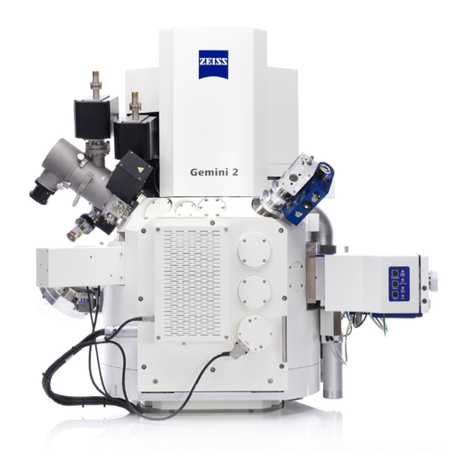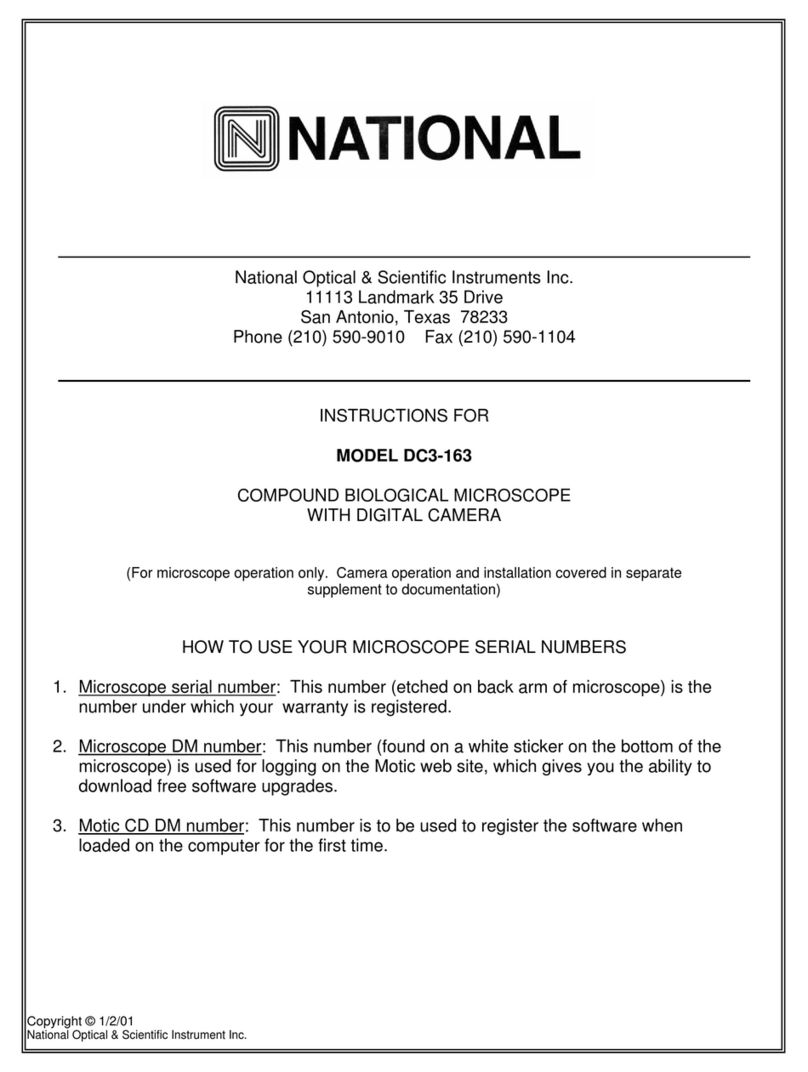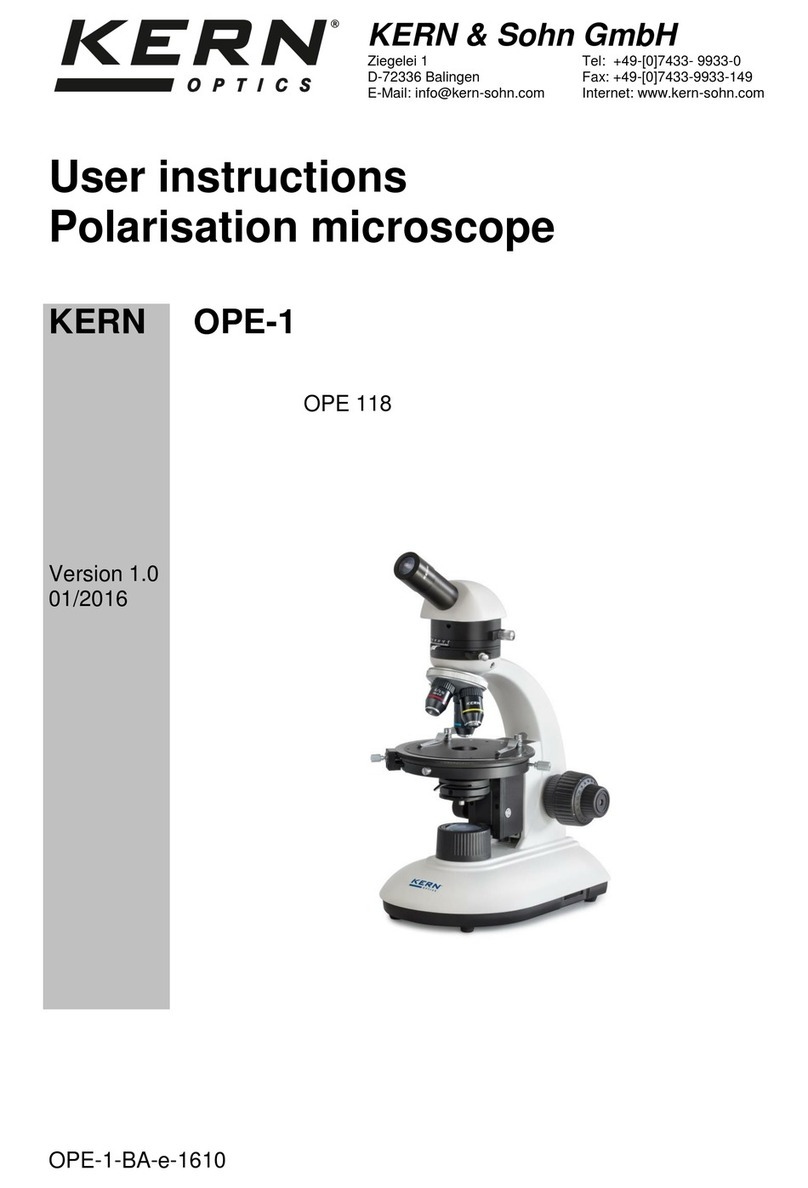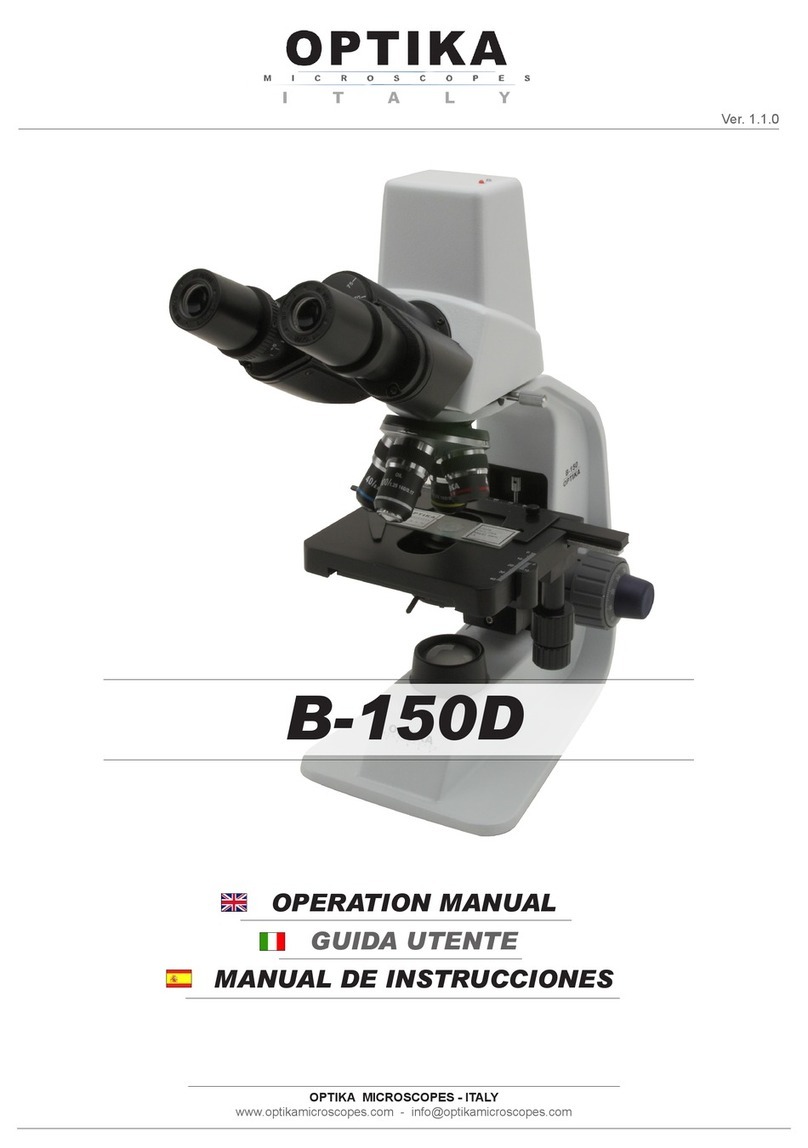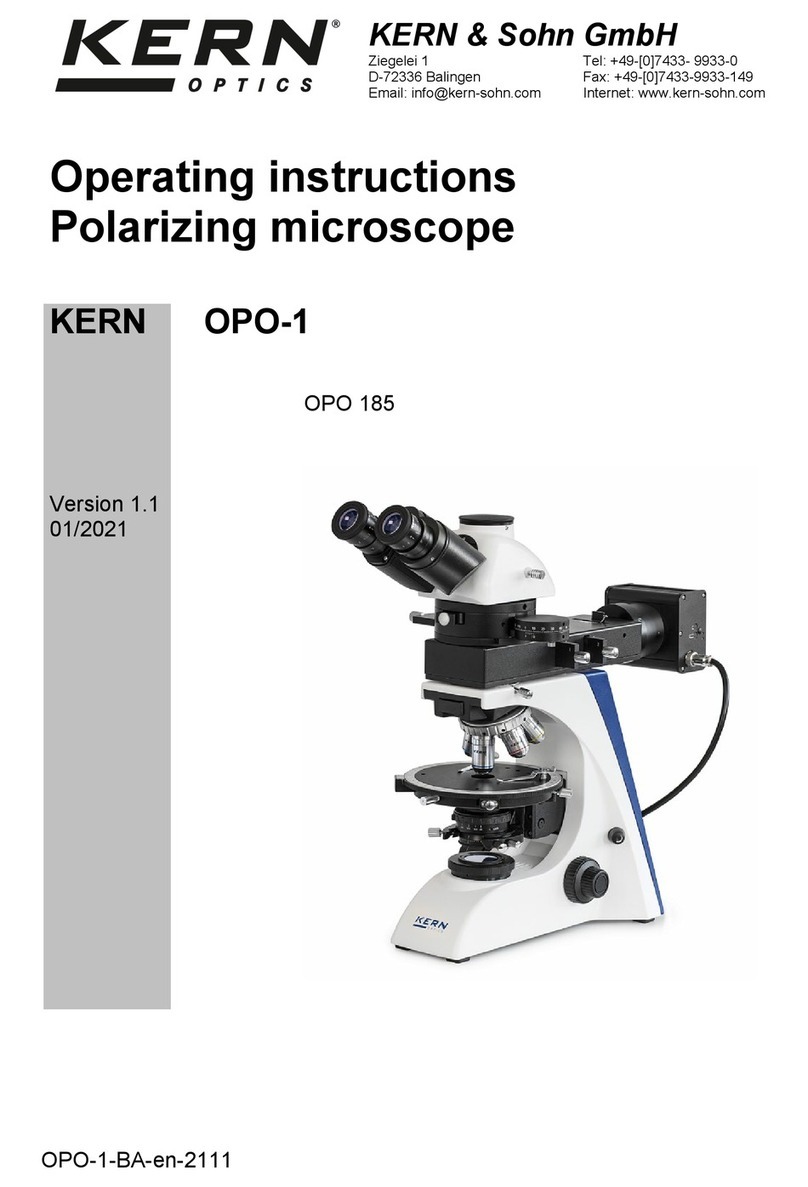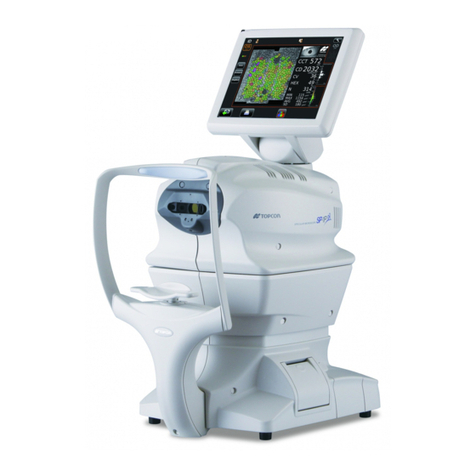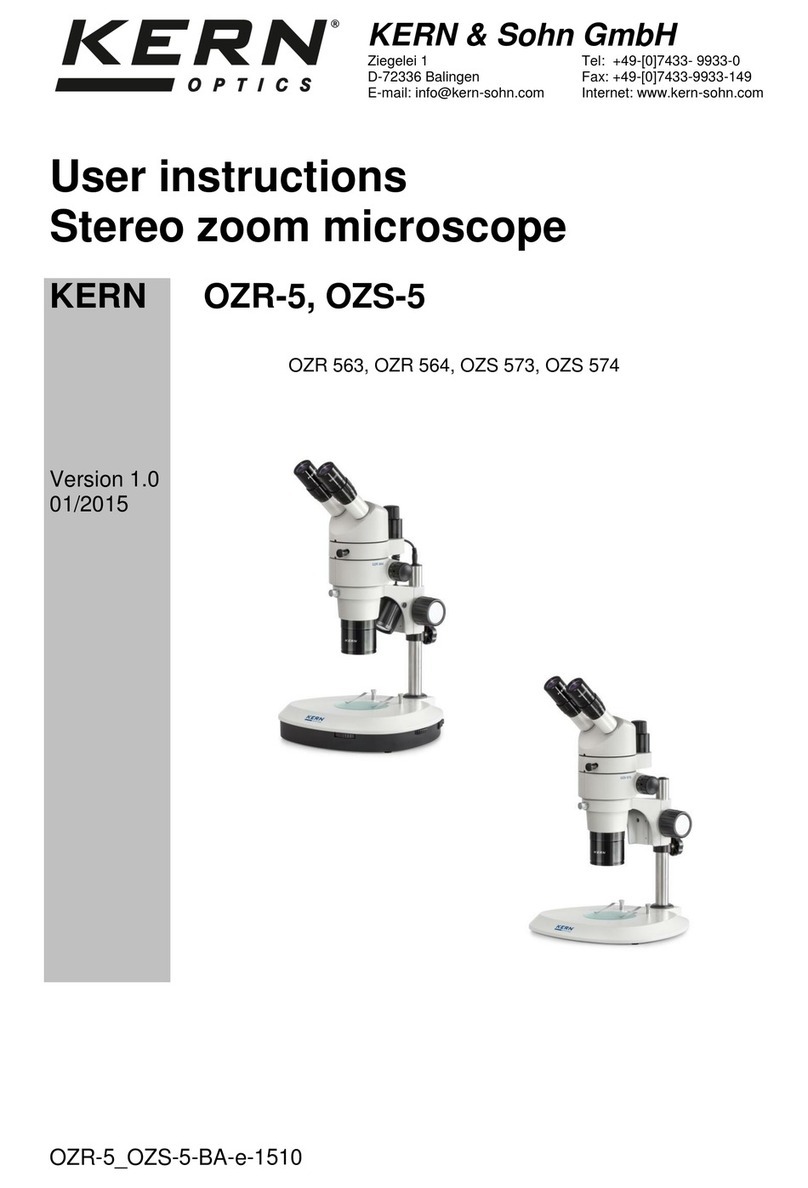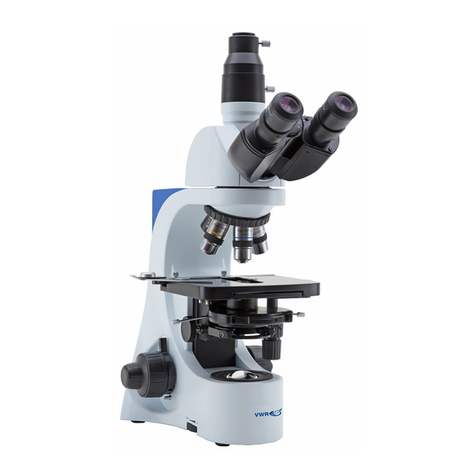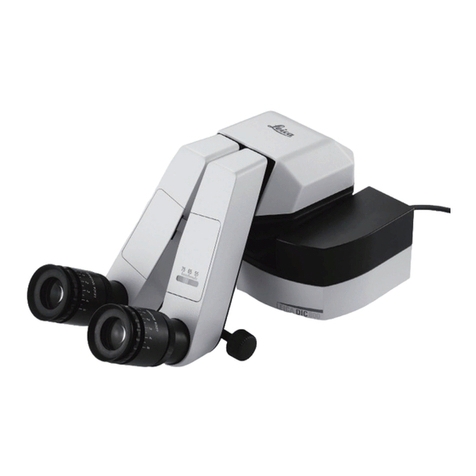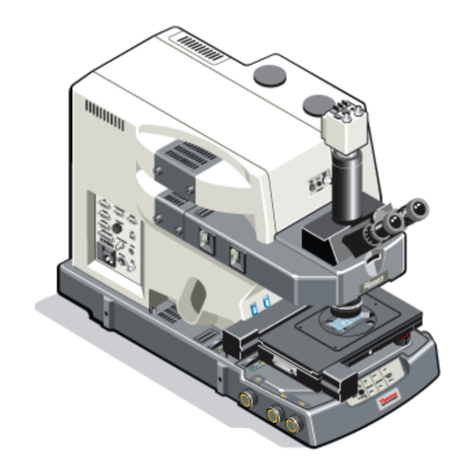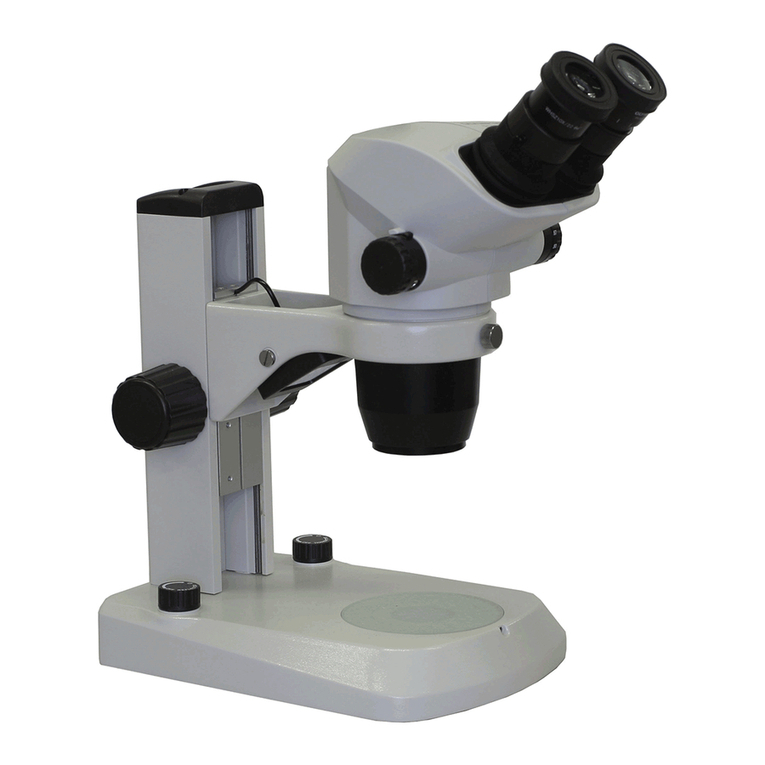Zeiss OPMI 1 FC User manual
Other Zeiss Microscope manuals

Zeiss
Zeiss Standard 25 ICS User manual

Zeiss
Zeiss Axiovert 200 User manual
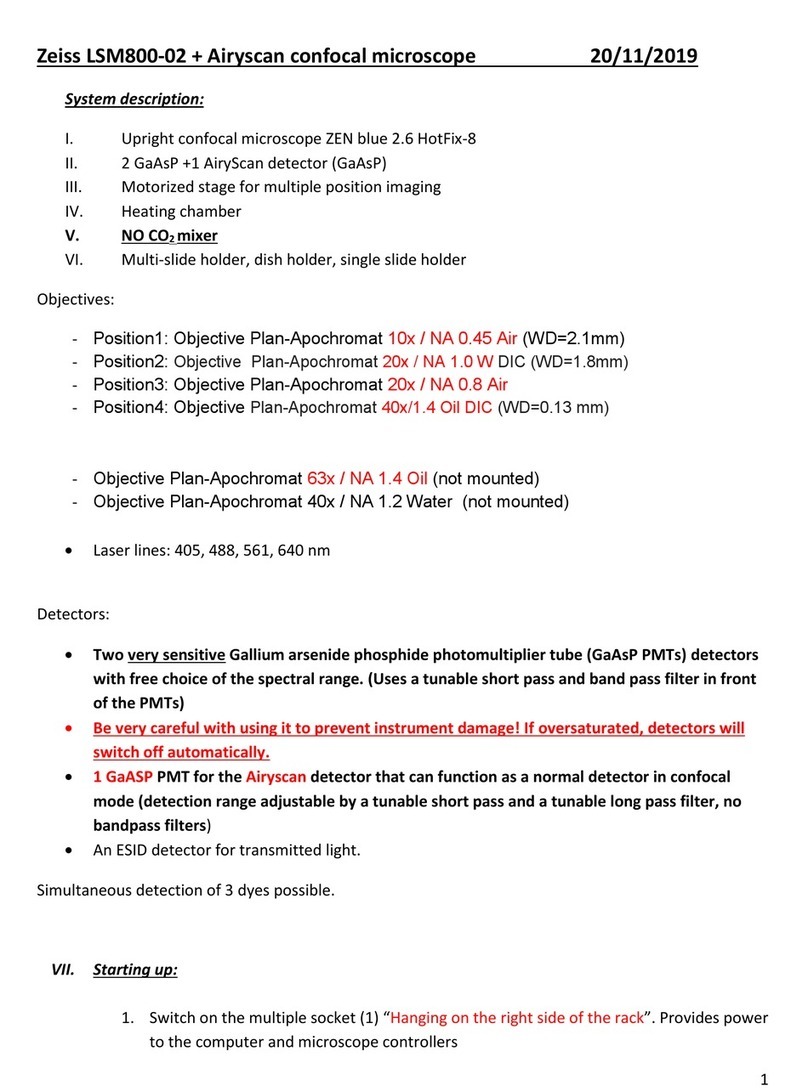
Zeiss
Zeiss LSM800-02 Operator's manual

Zeiss
Zeiss Stemi 305 cam User manual
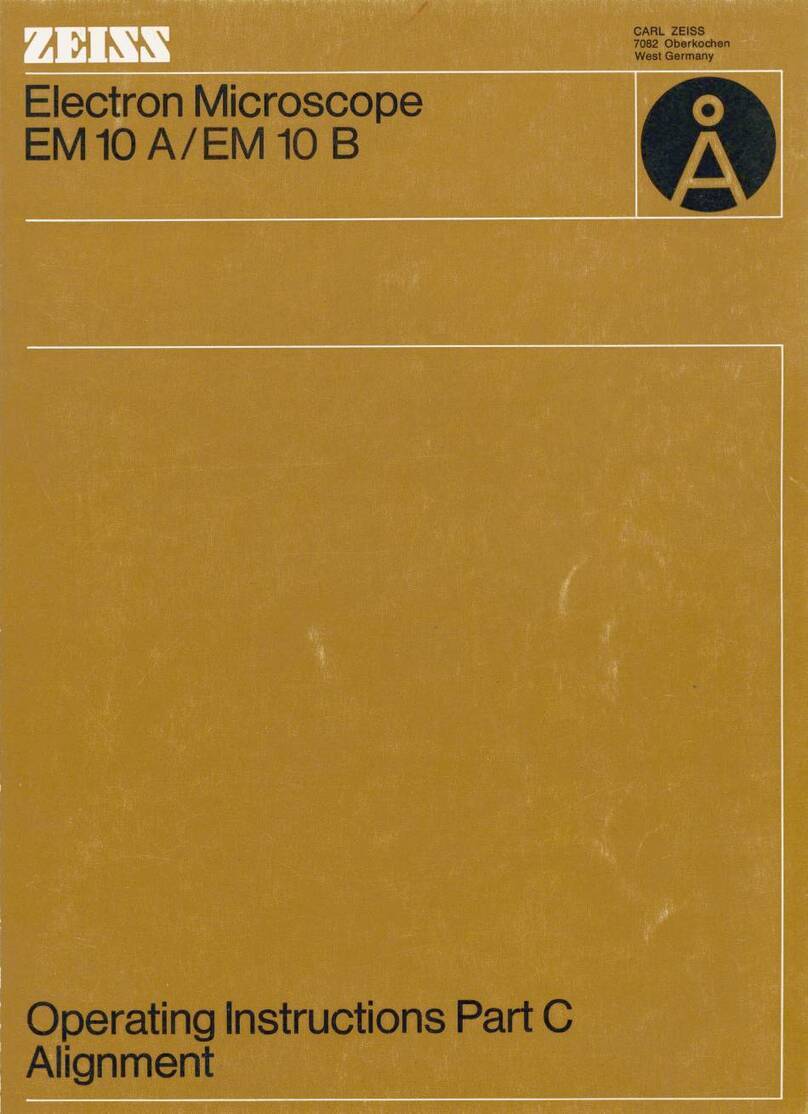
Zeiss
Zeiss EM 10 A User manual
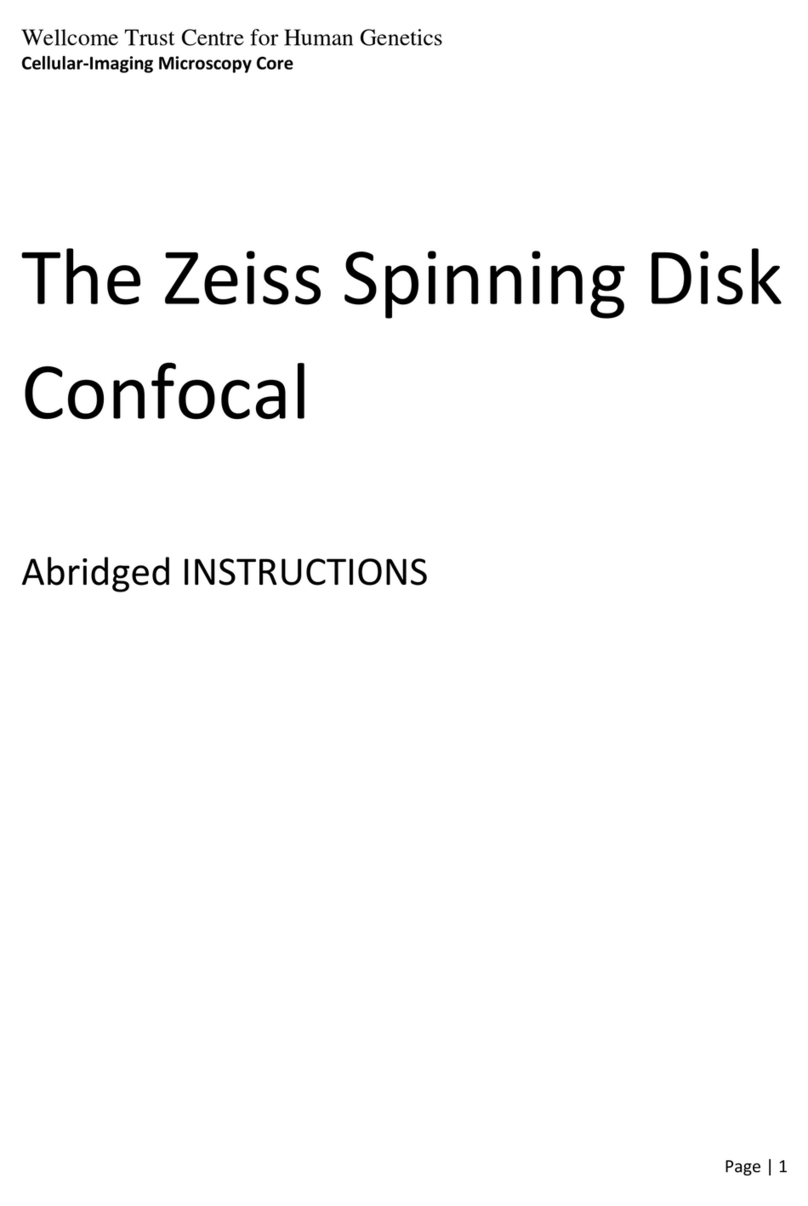
Zeiss
Zeiss Cell Observer spinning disk confocal User manual
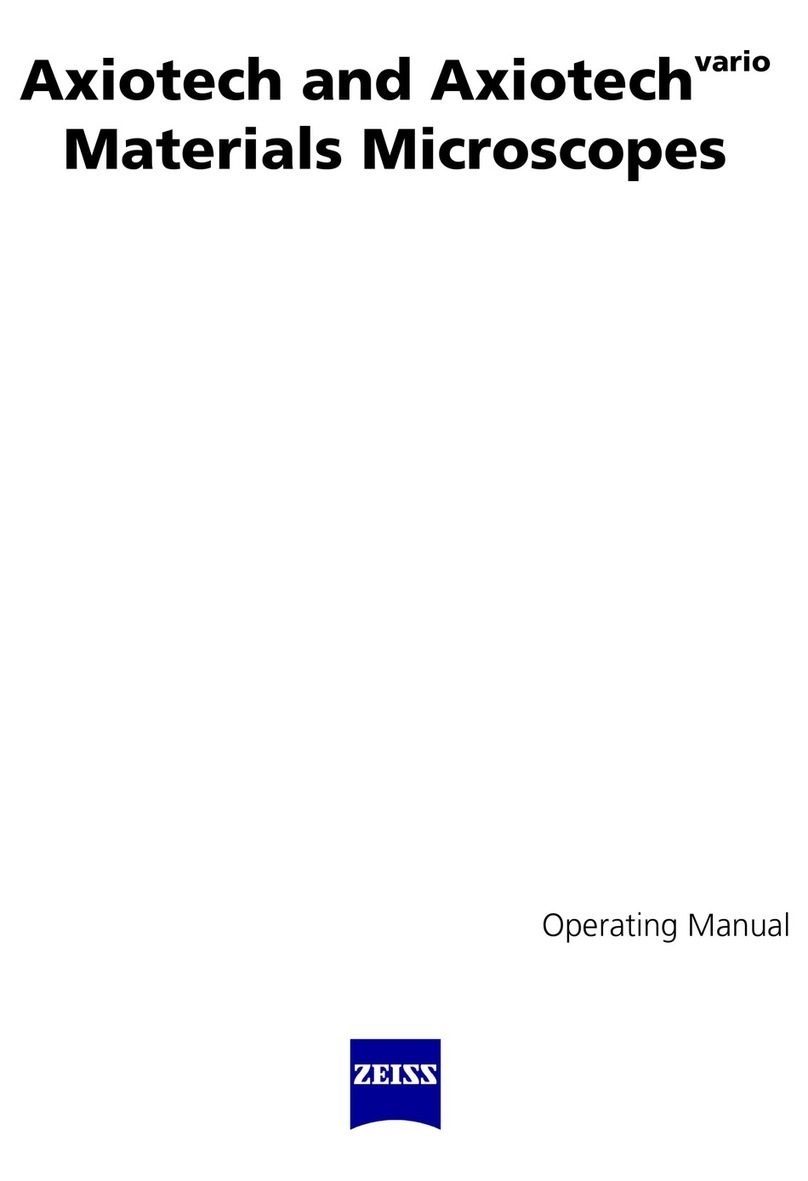
Zeiss
Zeiss Axiotech User manual
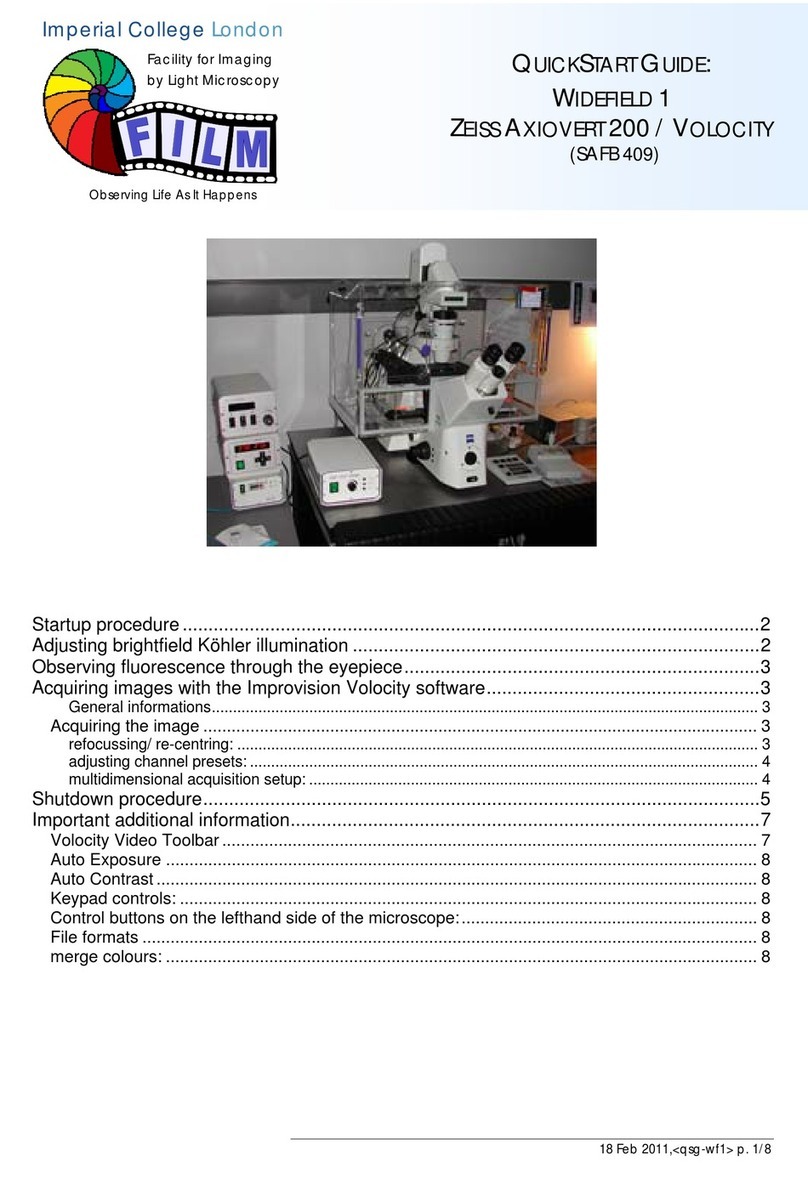
Zeiss
Zeiss Axiovert 200 User manual
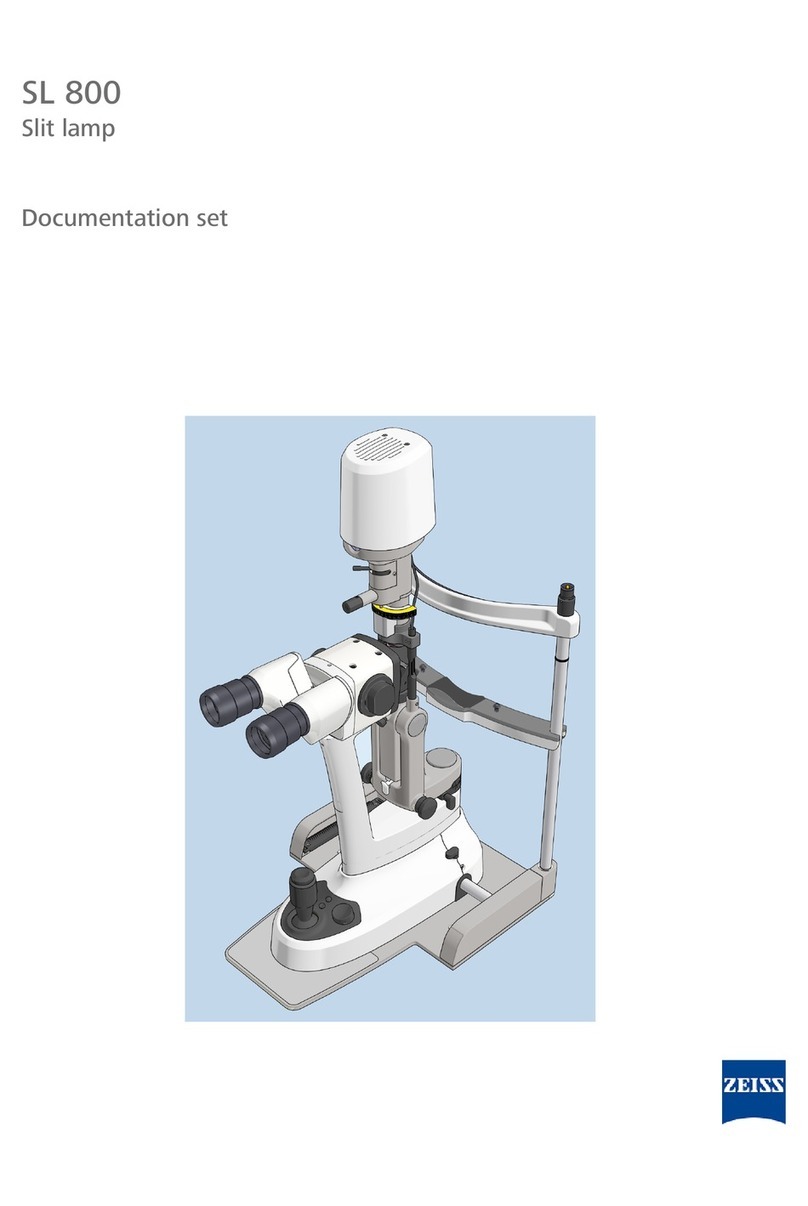
Zeiss
Zeiss SL 800 Operator's manual
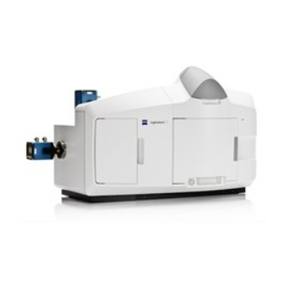
Zeiss
Zeiss Lightsheet Z.1 User manual

Zeiss
Zeiss LSM 880 User manual
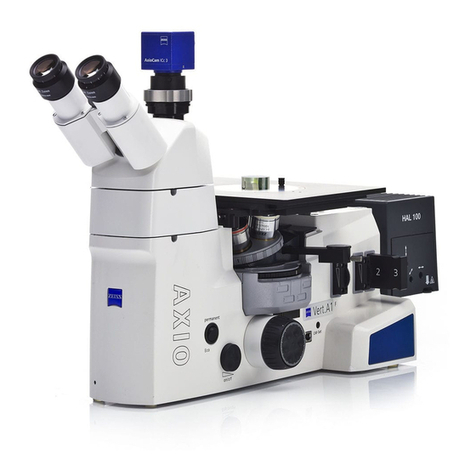
Zeiss
Zeiss Axio Vert.A1 User manual

Zeiss
Zeiss Axiolab Pol User manual

Zeiss
Zeiss LSM 710 User manual

Zeiss
Zeiss VivaTome User manual
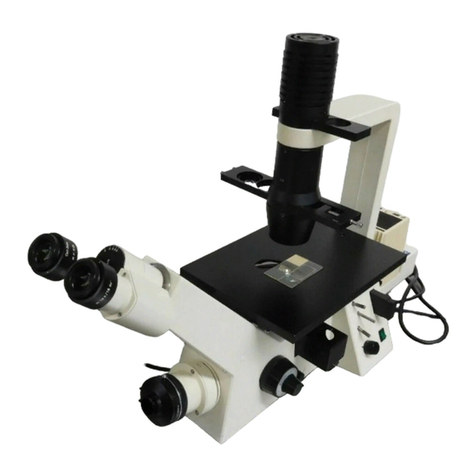
Zeiss
Zeiss Axiovert 25 C User manual
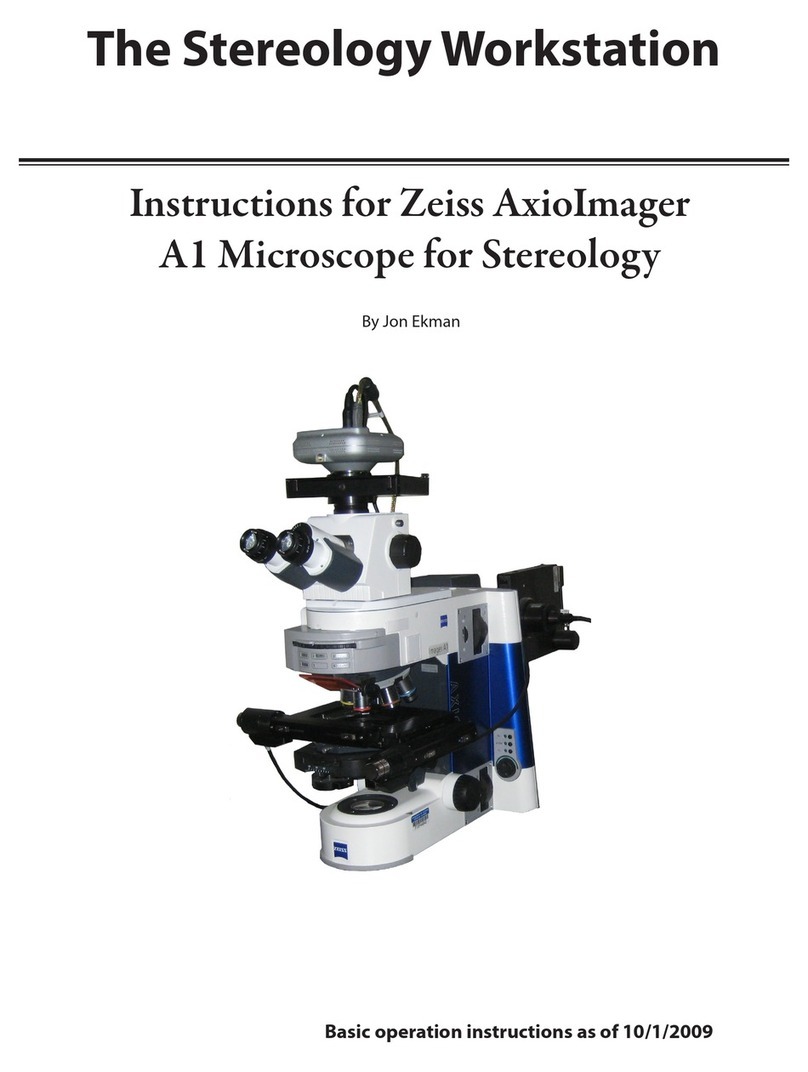
Zeiss
Zeiss AxioImager A1 Assembly instructions
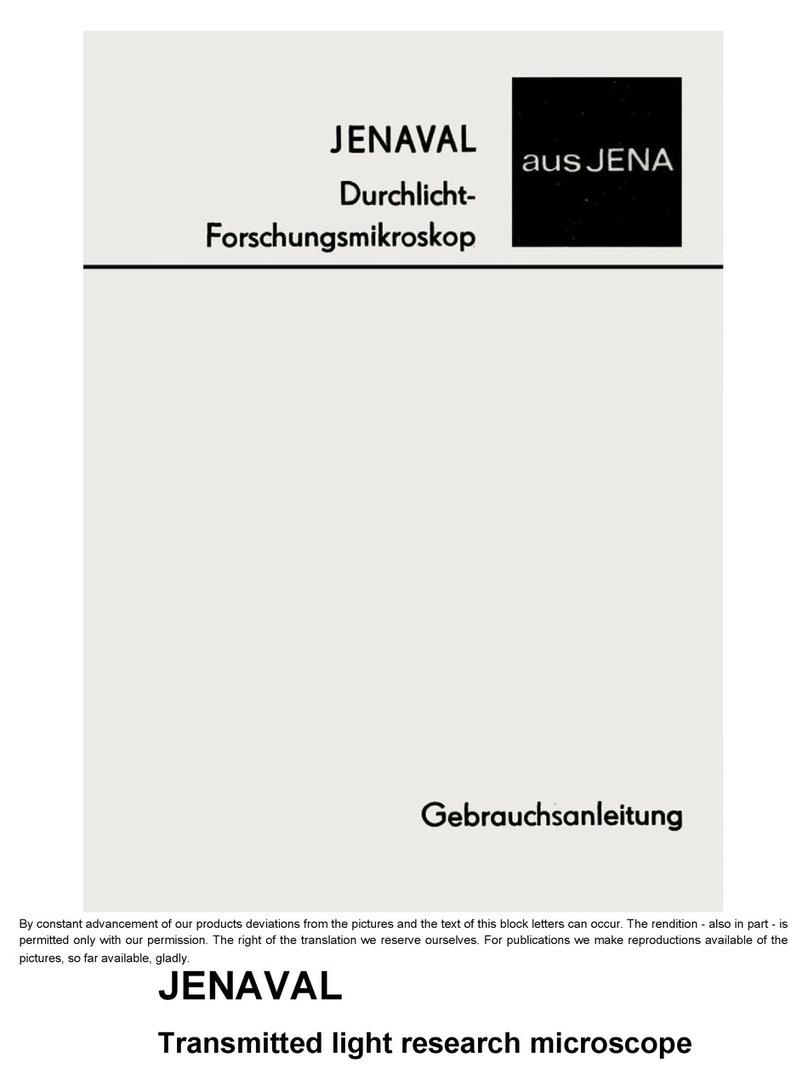
Zeiss
Zeiss JENAVAL User manual
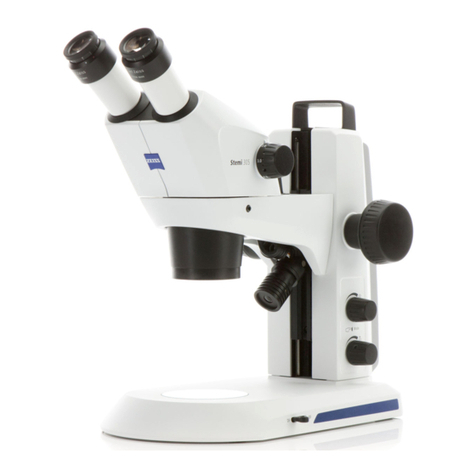
Zeiss
Zeiss Stemi 305 User manual
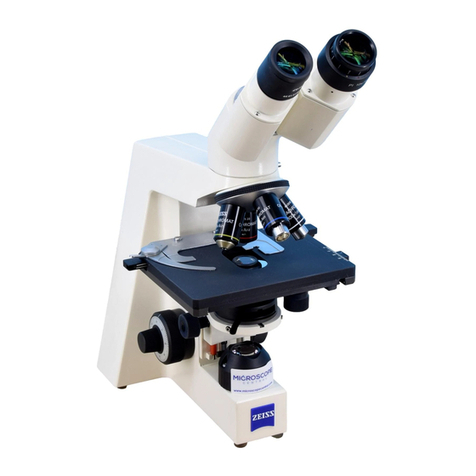
Zeiss
Zeiss Axiostar plus User manual

